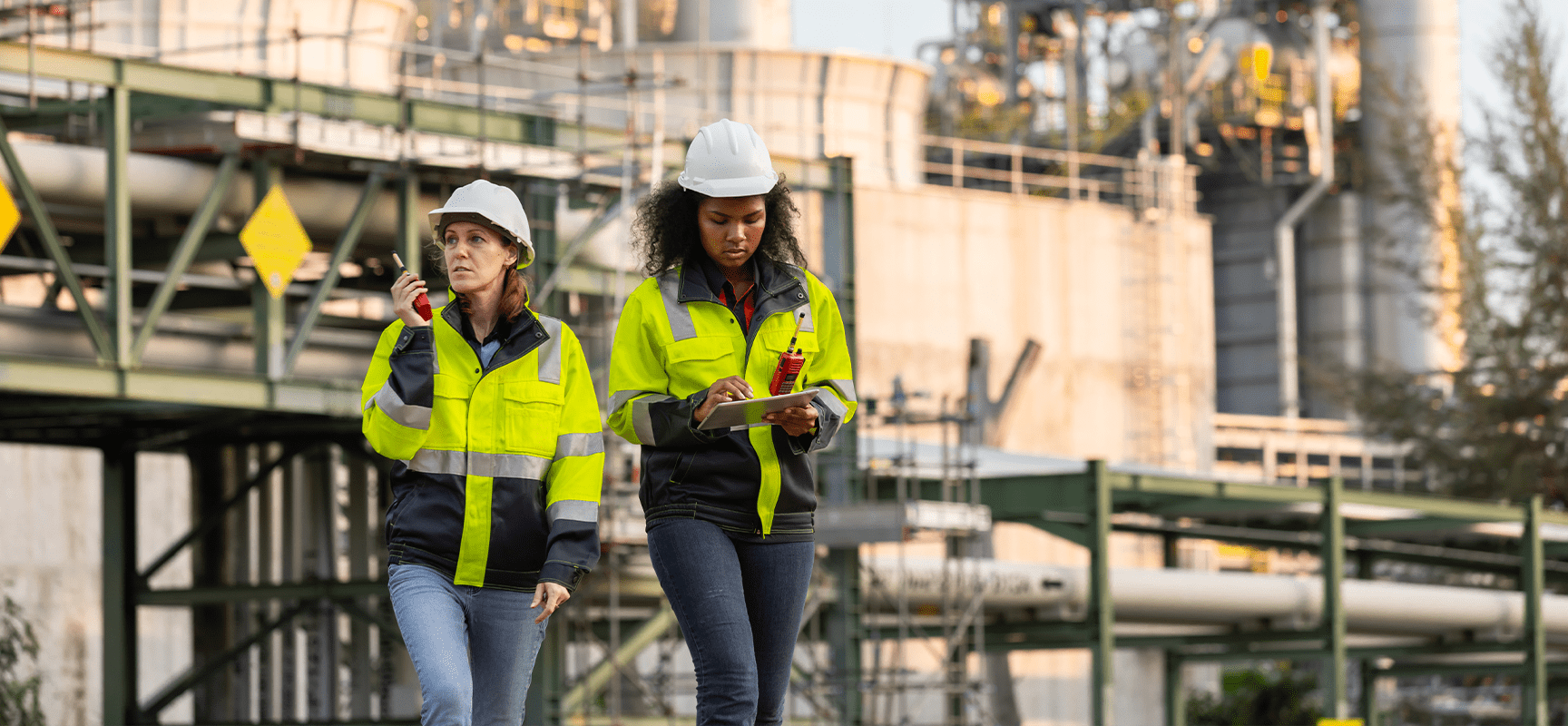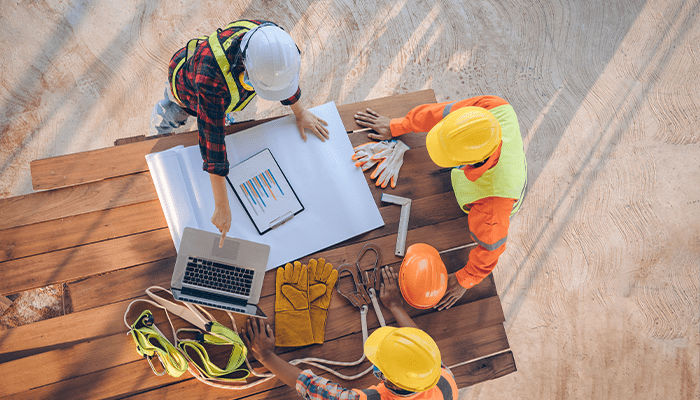
Get the Right Fit: Why PPE Fit Matters in Construction
When it comes to construction, safety is always priority number one. You already know that personal protective equipment (PPE) is a must to keep your team safe from hazards on the job. But here’s something that often gets overlooked: the fit of that PPE.
If the gloves are too loose, the harness doesn’t sit right, or the safety goggles don’t quite cover, your workers are at risk—even with all the right gear. That’s why OSHA is rolling out updated PPE standards for construction, effective January 11, 2025. These new rules make one thing crystal clear: PPE has to fit the person wearing it, not just check a box.
Why Fit Is a Big Deal
Here’s the thing: PPE that doesn’t fit properly isn’t just annoying—it’s dangerous. For example:
- Oversized gloves or sleeves can snag on machinery, creating serious hazards.
- Loose clothing can turn into tripping risks.
- Tight gear can restrict movement or leave areas exposed to harmful materials.
Even more, when workers are uncomfortable in their gear, they’re more likely to adjust it, take it off, or stop wearing it altogether. That’s a risk no one wants to take.
Fit issues are especially common for women, smaller workers, or those with non-standard body sizes, where standard PPE just doesn’t cut it. And that’s where OSHA’s updated standards come in.
What’s Changing?
Starting January 2025, OSHA’s new rules will require PPE to “properly fit” every worker on your site. While respirators have always needed a proper fit, this update expands the focus to all PPE, including hard hats, gloves, safety glasses, and fall protection gear.
Here’s what you need to know:
- Employers are responsible for making sure PPE fits each worker properly—even if employees bring their own gear.
- Manufacturer recommendations can be helpful, but you don’t have to rely solely on them.
- Comfort matters because if it’s not comfortable, it’s not getting worn.
How Employers Can Get It Right
Adapting to these changes doesn’t have to be overwhelming. Here are some practical steps to make sure your team is both safe and comfortable:
- Check Fit Regularly: Don’t just hand out gear and call it a day. Make sure it fits each worker and revisit fit as roles or tasks change.
- Work with Trusted Suppliers: Choose PPE that comes in a variety of sizes and has clear guidance on how to fit it properly.
- Listen to Your Crew: If someone says their gear is uncomfortable, take it seriously—it could be a sign that something isn’t fitting right.
- Train Your Team: Show workers how to assess their PPE for proper fit and why it matters for their safety.
Let’s be honest, keeping up with new OSHA rules can feel like a lot. That’s where we come in. We’ve put together a Guide on OSHA’s PPE Fit Standards to help you cut through the noise and make sure your team stays safe and you stay compliant.
Whether you’re a safety manager, a business owner, or anyone responsible for keeping a job site running smoothly, this guide is for you. It’s packed with practical tips and advice to make proper PPE fit a reality on your site. Need more safety resources? Contact your local AssuredPartners office or our risk management team.
Related articles

The construction insurance market is seeing shifts that will impact contractors in the year ahead. Some lines of coverage remain stable, while others are facing increased scrutiny from carriers....

In the construction industry, contracts define relationships, responsibilities, and expectations among contractors, subcontractors, and owners. One of the most important yet often misunderstood...

Surety bonds in construction play a crucial role in ensuring that the projects are completed on time and within budget. They serve as a guarantee to the project owners that the contractor will...